Fordlandia: visions of past’s future
Henry Ford never visited, though some have distinct memories of him coming in and playing with their kids. The human mind is fascinating, if delusional, not in the least Henry Ford's, who, after setting a maximum work week and a minimum wage, hatched a plan to create a utopian society in the middle of the Amazon. At the time, the late 1920s, the Amazon, if no longer the only source of the world's rubber, relatively shortly after the rubber boom of the late 19th century, might still have appeared as the location of a find long-term investment.
In addition, the plan of processing rubber at the source might have also seemed a fairly reasonable one. Added to that a time period where company towns envisioned by industrialists and built along utopian lines were relatively common, near São Paulo, the town of Paranapiacaba is just one example, Ford thought the moment right for the creation of his own experiment, mixing business with his utopian vision of a better society for all.
It failed, quickly. The local hires, though well paid, all would go fishing when the yearly Amazonian cycle required it. Getting hardware into the Amazon turned out to be a logistic nightmare. The price of rubber plummeted with, first, Brazil losing its rubber monopoly and then the invention of synthetic rubber. This, even after a brief resurgence, when Japan blocked the rubber trade centered on Malaysia during the second world war.
On the Amazonian highway, plenty of towns are not reliably connected by road. The town of Itaituba, some 200km away, as the crow flies, from Santarém, is easily reached by high speed ferry, but a pain to get to by land. On this popular route, close to Itaituba, Fordlândia is an almost forgotten backwater. Locals in Santarém believe no land route exists to Fordlândia, but the cars and busses we found on arrival, as well as the inhabitants of the town, disagreed.
The town is surprisingly spread out, with Ford's legacy being all over the place, if sparse. Currently, the town hosts between 1000 and 1500 people, who mostly just chill in hammocks on their wide patios, houses that would not be out of place in American suburbia.
The cemetery, a short drive away from the center of town, is a haphazard collection of concrete crosses. On a hill, soil erosion having washed away a lot of the earth, many of them are just stacked on top op each other, for lack of a better way of keeping them around.
Few American names grace the gravestones as most, if not all, of the American employees were shipped home, when dying in Fordlândia, only children dying in childbirth or at a very young age, staying behind.
The centerpiece of the town is a large factory building and a large warehouse. Now mostly used for storing school busses and an ambulance, the buildings contain remnants of American machinery as well as an eclectic collection of objects related to other buildings from the Ford era that have fallen in ruins.
One example is the surprisingly big hospital, which, according to our host, was the first hospital in Brazil where a skin transplant was successfully concluded. The hospital was working up until the early 1990s, when the then mayor decided it would be more beneficial (to whom?) to sell the roof to some enterprising businessman, instead relying for healthcare on the small first aid post in the center of town. A fire a few years later destroyed much of what was left of the building.
An old school building, on the other hand, built in 1931, still stands, and is actively used. It's close to several streets with once pretty free standing houses that clearly echo American suburbia from a bygone era.
But, probably the most iconic site in town is the city's water tower. Also constructed by Ford and still in use though never under active maintenance, or so we were told, the brave can climb to the top for commanding views of the Tapajos river, the town, and the surrounding lands.
The cast iron construction of perhaps 70 meters was surprisingly sturdy and seemed safe, but if I had known about the lack of service, before going up, I might have foregone the climb.
Then again, several antennas were attached to the walkway around the actual water container, showing that, if not the tower itself, something is regularly maintained on top of the tower.
It's somewhat surprising how Fordlândia has slowly slid into obscurity. The two lone pousadas, empty most of the time, do serve the occasional tourist, but it would make more sense for some industrialist trust fund, or perhaps even the Ford Foundation itself, to spend a little bit of money to not let a piece of history go to waste.
Or, perhaps Fordlândia, by those who do have money to spend, is not considered interesting or special enough. Ford was not the last to establish a company town in the area. Even today, also within striking distance from Santarém, are at least two active company towns churning out the goods; Juruti, run by Alcoa, and Porto Trompetas, run by Vale.
One Reply to “Fordlandia: visions of past’s future”
Comments are closed.

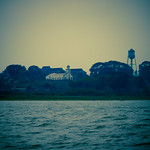
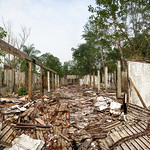

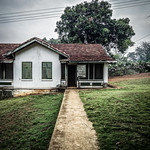

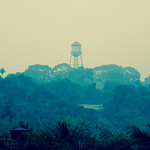


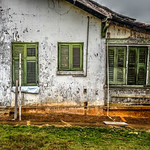





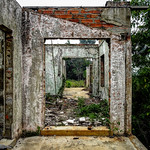

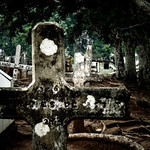


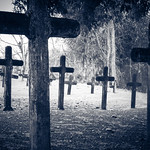
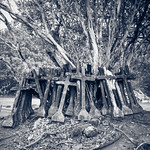






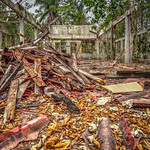

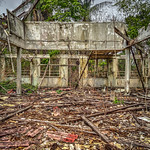
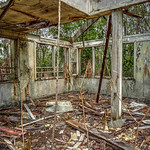




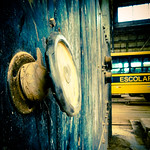

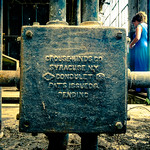


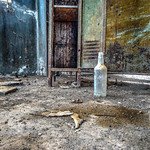


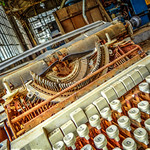





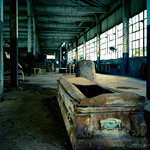
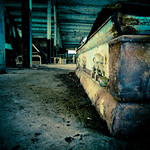

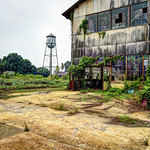
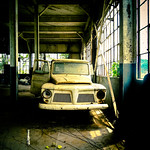


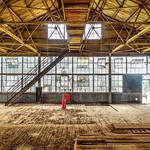
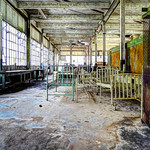
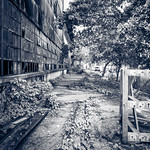

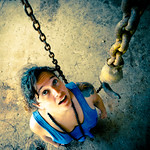





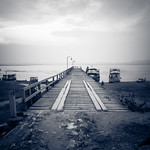
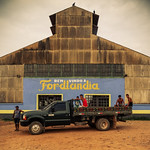



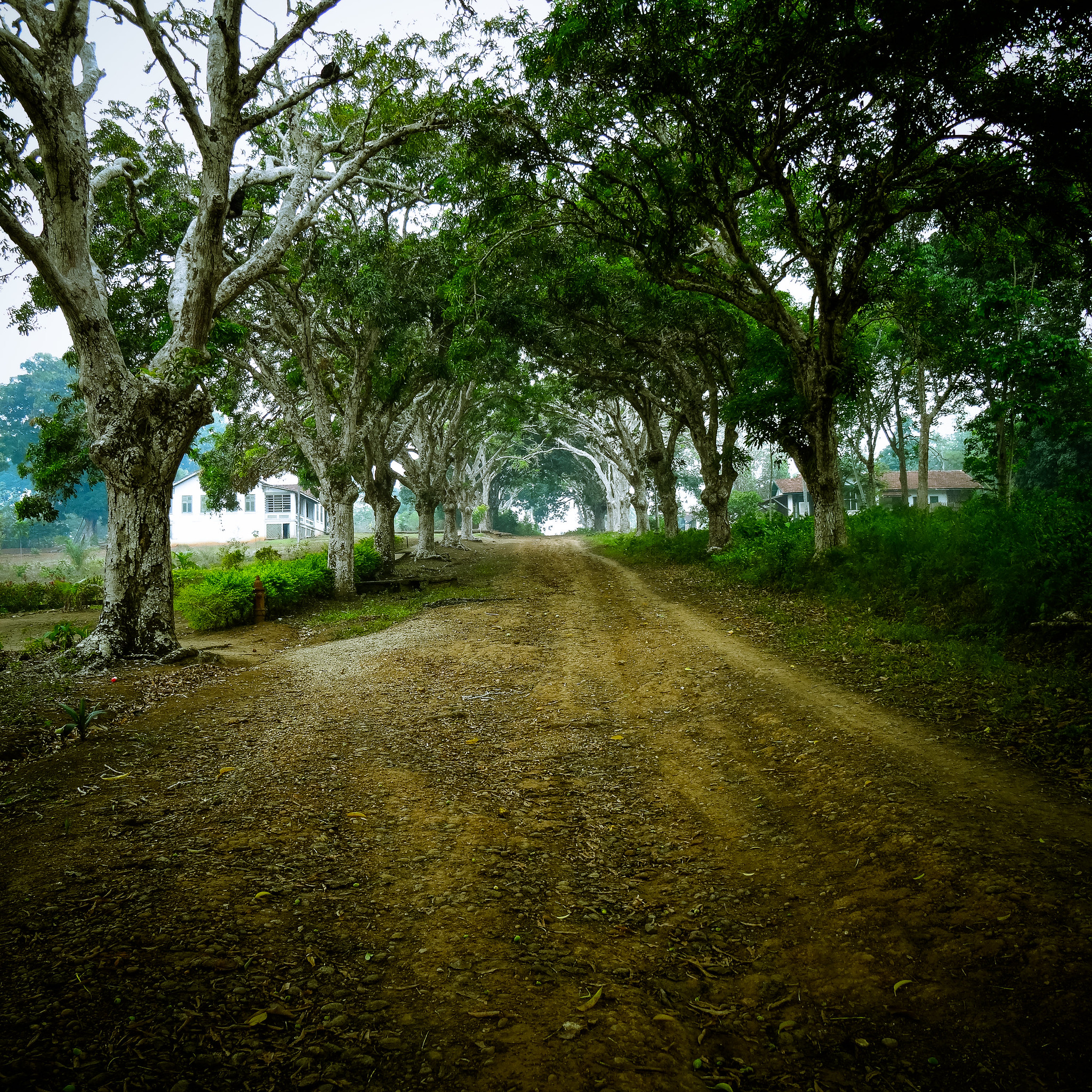




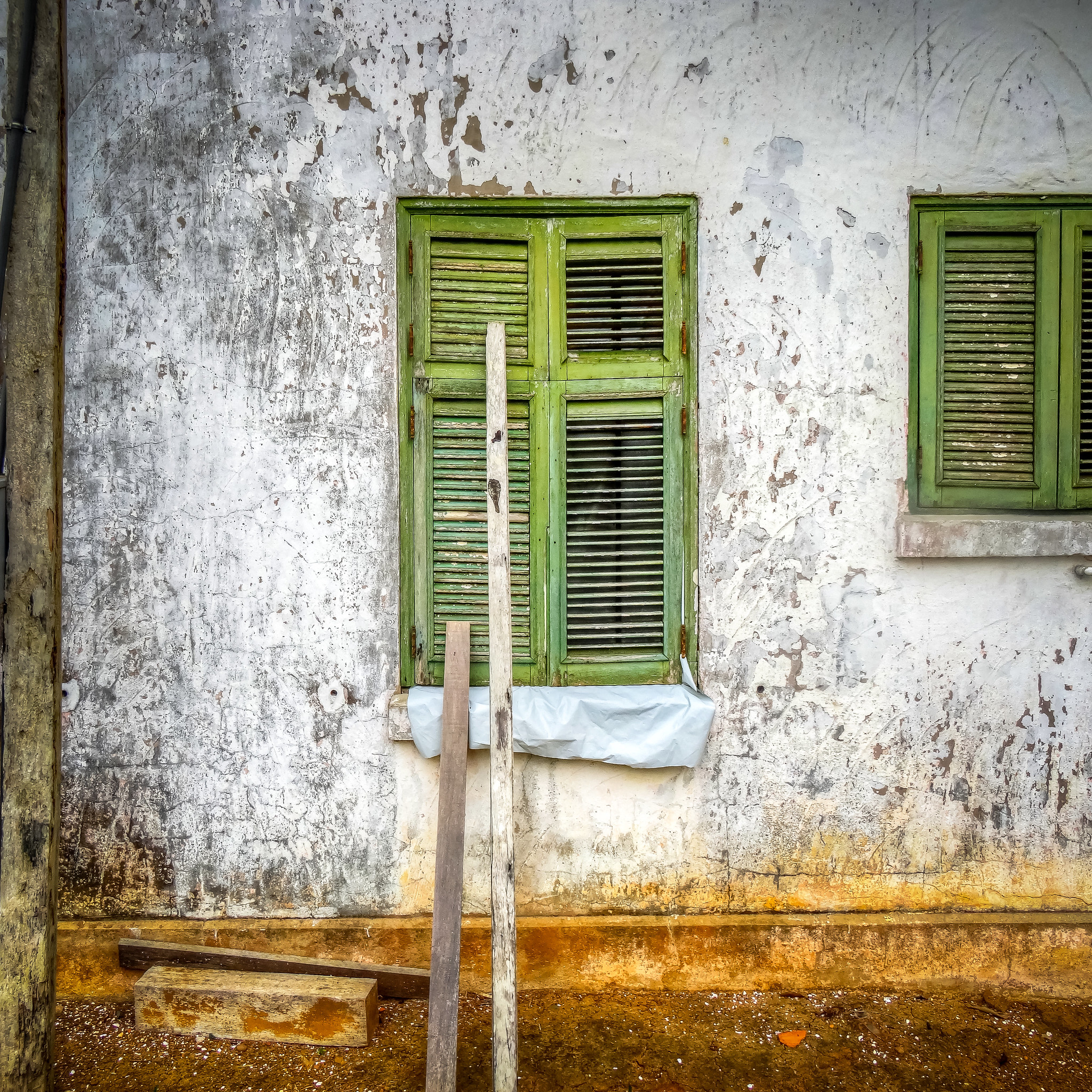





















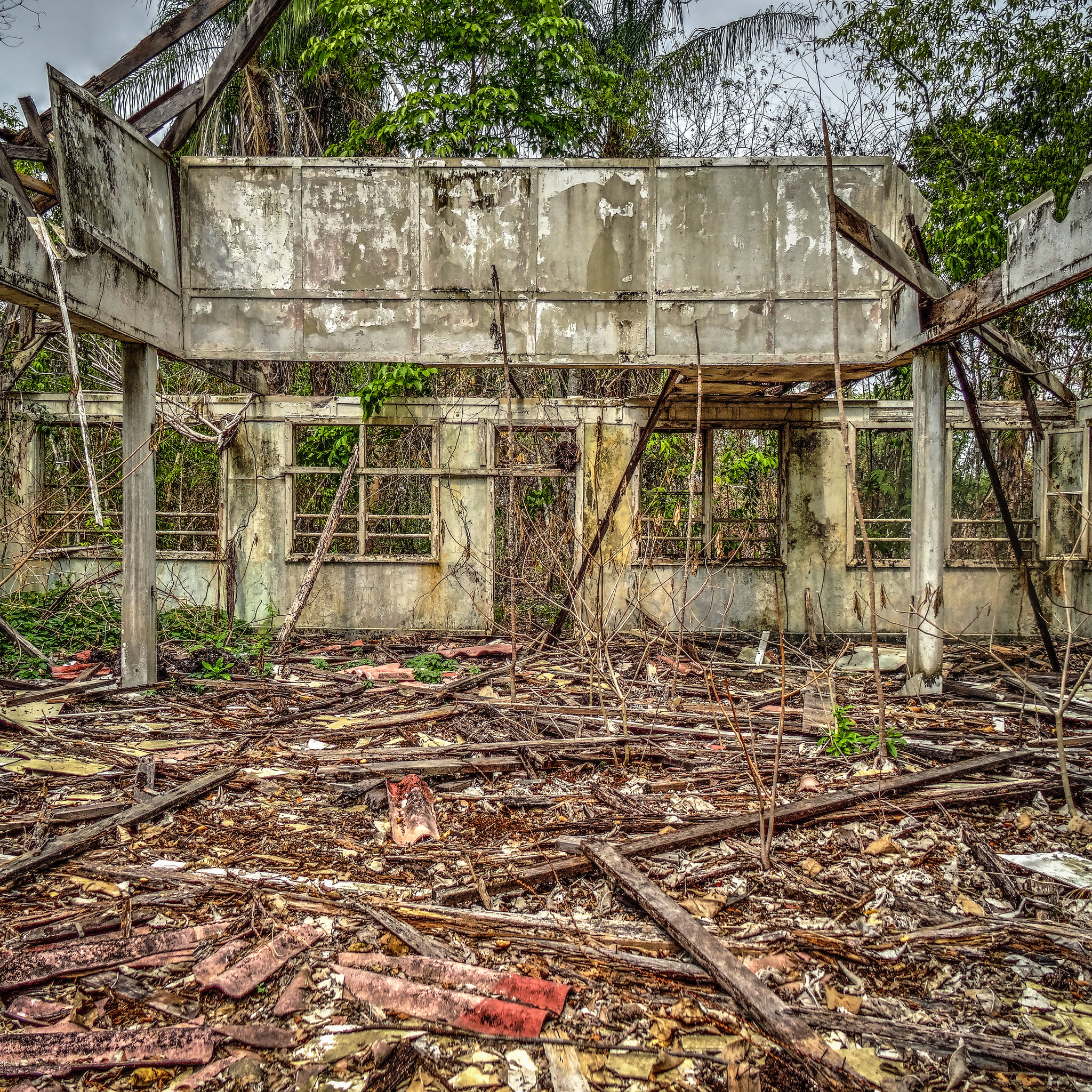



















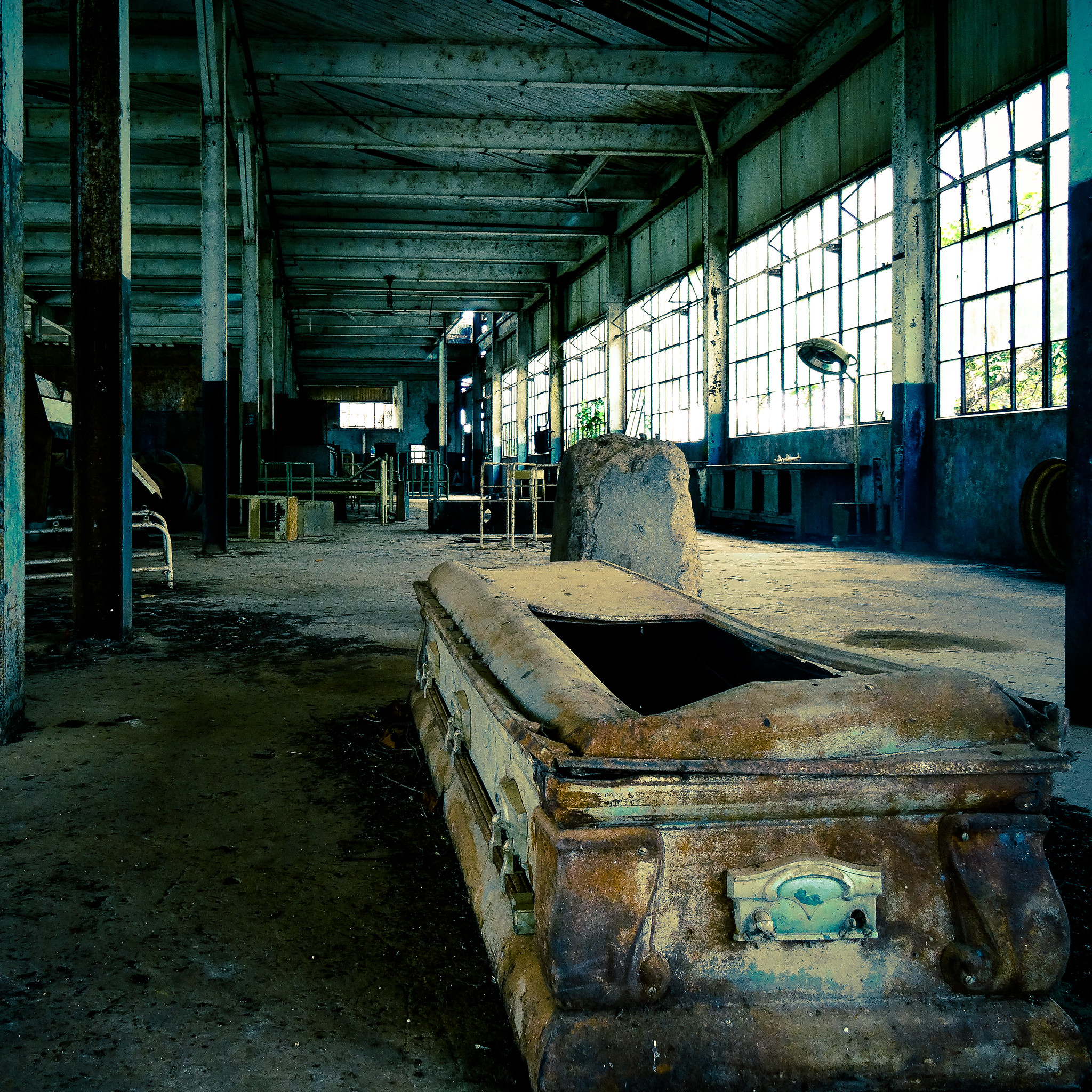




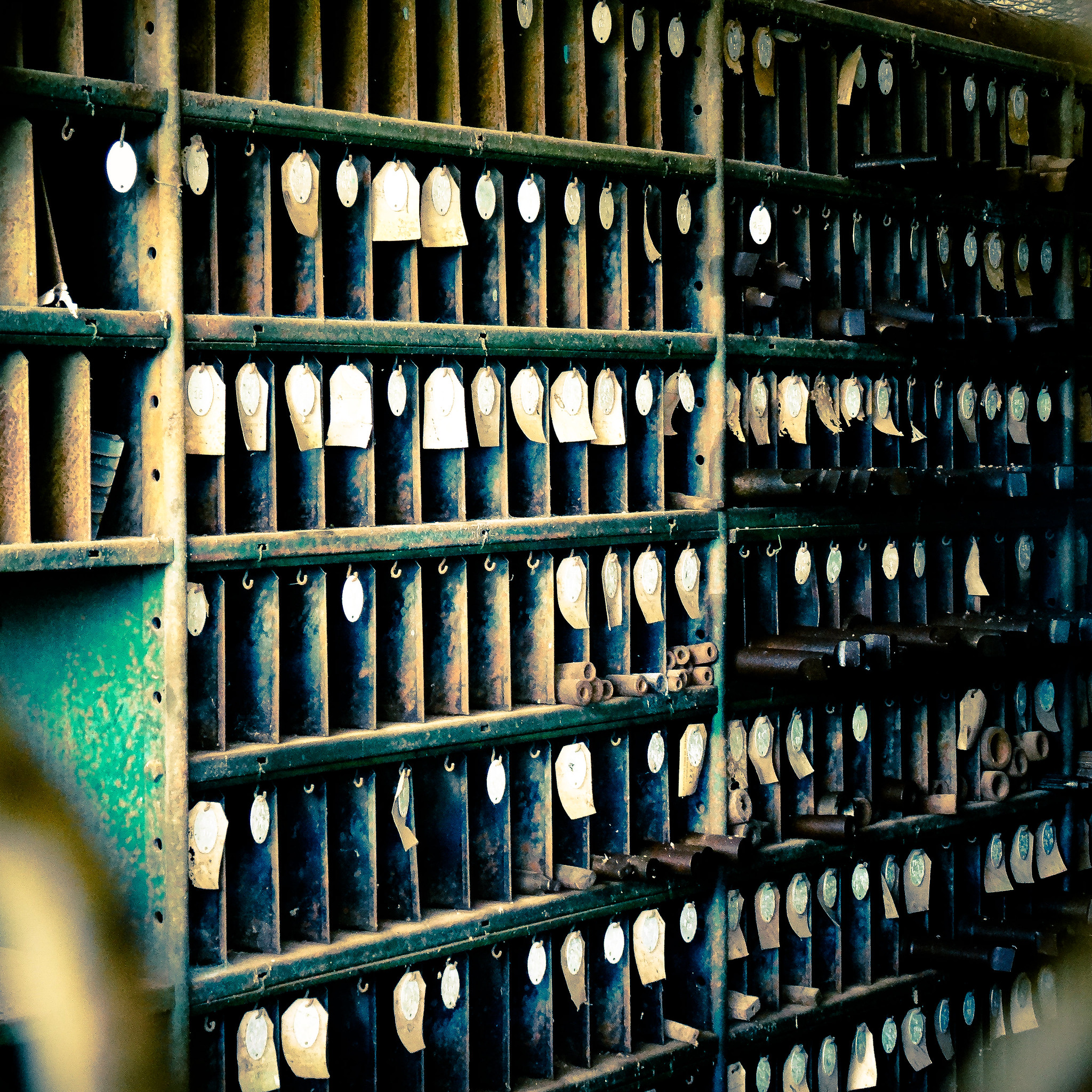













[…] 3. Fordlandia […]